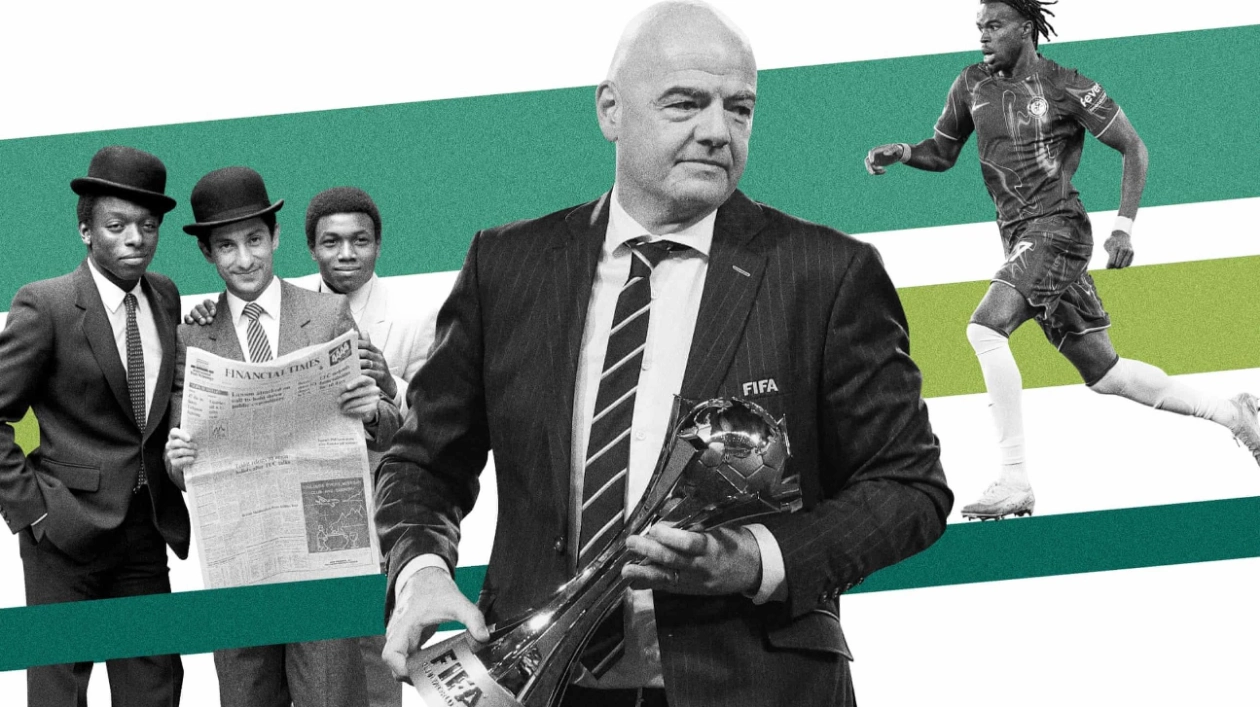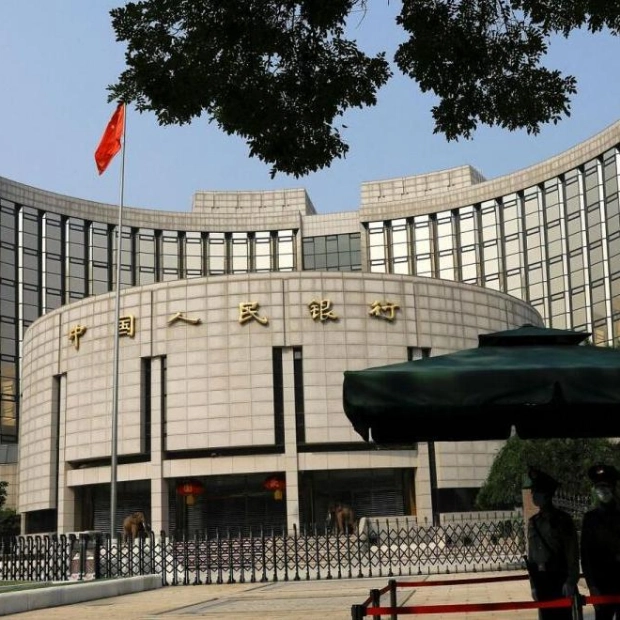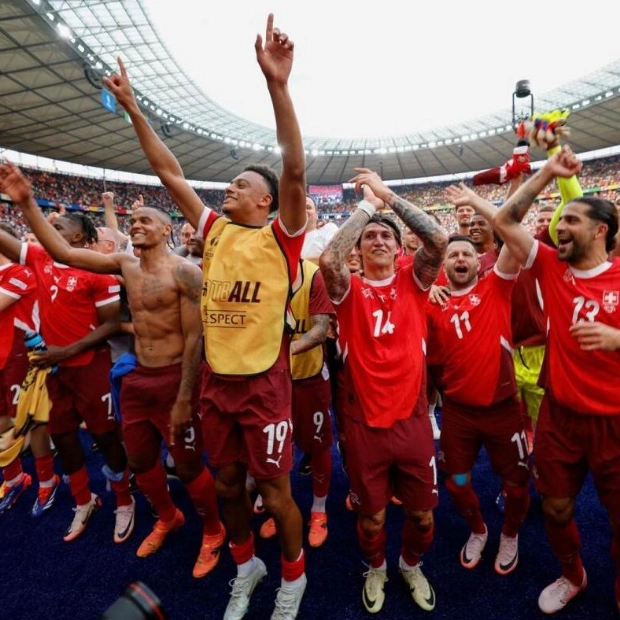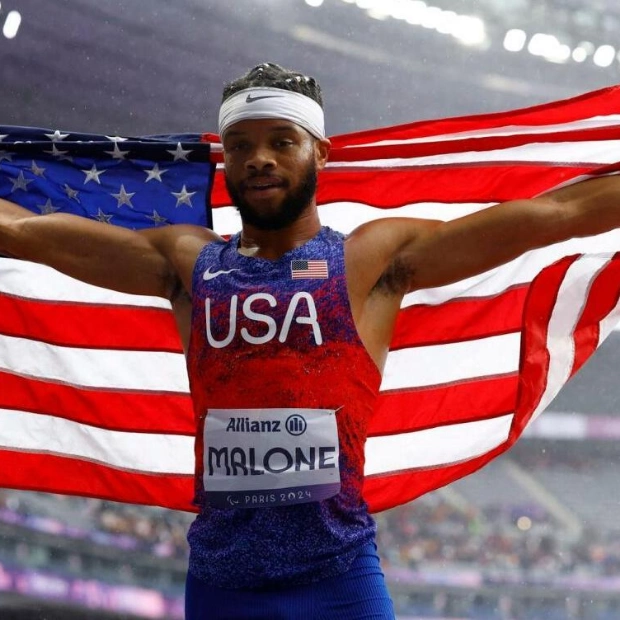With the expanded Champions League and the planned Club World Cup next year causing a significant fixture congestion, how likely is it that players will take action against the excessive number of games they are being forced to play? – Oliver
This is certainly a pressing issue, especially given the public discussions many players have had about their workloads. It's clear that this topic is being debated privately as well. The challenge lies in organizing any form of collective action. Only elite players are overburdened with too many games; those lower in the football pyramid might actually welcome a few extra matches for the additional income. Similarly, while many fans are concerned about the proliferation of meaningless games, they would still be outraged if a game they had paid to attend was canceled due to a player strike, especially when those players earn exorbitant salaries. This is one reason why football has taken the disappointing path it has; organized opposition is extremely difficult. The protest against the Super League was a rare instance where different stakeholders in football were sufficiently aligned to push back.
That said, the Club World Cup seems like a viable target for any potential action. Its disorganized nature means that few fans have likely purchased tickets yet, and unlike the Champions League or the World Cup, it's not a competition that players dream of participating in. From a PR perspective, it would be relatively easy for European club players to portray the Club World Cup as an unnecessary addition to the calendar, imposed without consultation—which is indeed the case. While I don't expect any serious action, if players were to target any competition, the Club World Cup would make the most sense.
Do you think there's something particularly special about Mauricio Pochettino that makes him a good fit as an international coach? – Ray
The truth is, we simply don't know yet. International management is vastly different from club management, and there are numerous examples of excellent club coaches who struggled to adapt to the more limited interaction with players that international football entails. Conversely, several highly successful national team managers—such as Aimé Jacquet, Lionel Scaloni, Joachim Löw, Luis de la Fuente, and Gareth Southgate—have had limited success at the club level but excelled within the framework of a federation.
The pressing style of play that lies at the core of Pochettino's philosophy takes time to implement, but a significant part of that at the club level has been ensuring his players are fit enough to execute it. With the USMNT, this might not be as much of an issue; US players are often stereotypically very fit, with their shortcomings being more tactical and technical in nature. Pochettino's charisma should also help in gaining the players' commitment. Pre-World Cup performances for a host nation can sometimes be uneven, and it's difficult to gauge exactly what teams are aiming to achieve in friendlies. However, I wouldn't be surprised if the US makes a strong impression at the Gold Cup in 2025.
When did football clubs transition from being community organizations to becoming privately owned 'companies'? They all started out as some form of community-based entity. So, how did they come to be owned by businessmen? – Darragh
In England, football clubs have always been privately owned, at least since the inception of the league in 1888. Even when they were established by churches, teachers' associations, or as works teams for railway companies, they were still owned by individuals. As early as the 1870s, local industrialists, particularly those in the textile mills of the north-west, were enticing Scottish players down with the promise of jobs. After professionalism was legalized in 1885, there was no need to maintain this facade. For instance, Sunderland's three league titles in the 1890s were largely due to investments from shipbuilder Robert Thompson and mine-owner Samuel Tyzack, both of whom were directors. The only distinction from a 'normal' company was that, until 1981, directors could not draw a profit, and dividends were capped at 7.5%. The first European club to be listed on the stock exchange was Tottenham in 1983.
Premier League teams have incredibly talented players who either sit on the bench or play only part of the time. I understand they have European games to consider, but essentially 'stashing' talented players is not something that happens in North American leagues, and it seems like an unhealthy practice. Thoughts? – David
Premier League clubs are restricted to squads of 25 players, with at least eight of them being 'homegrown'—meaning they must have spent at least three years with an FA-registered club before turning 21. Players born after 1 January 2003 do not count towards this total. I believe this is about right—two players per position with three extras, plus young players—and the majority of players are quick to seek a move if they feel they're not getting enough playing time. Given that matchday squads now consist of 20 players, most are involved frequently enough.
However, I'm not sure the situation at Chelsea is particularly healthy—they have six players over 21, plus young talents Carney Chukwuemeka and Deivid Washington, who are fit but haven't started a league game this season. Additionally, eight players who made 10 or more league appearances last season have been loaned out. This is an unusual case, but other clubs do stockpile young talent, and it has been true in the past that there has been a blockage in development, with talented young players struggling to get pitch time. This seems to have eased partly because players are more willing to move abroad now and partly because clubs are aware of the value of loaning players out to gain experience.
Floodlit football now feels like the pinnacle of the game, with the surroundings fading into darkness as the pitch glows at the center of attention. However, for only about half of football's history have games under lights been sanctioned. The first attempt at floodlit football took place on 14 October 1878 at Bramall Lane, where two Sheffield representative sides played under four 8,000-candlepower lamps suspended from 30ft poles. The darkness caused an obvious problem: around 6,000 of the remarkable 20,000 crowd managed to sneak in without paying. Although there were further experiments with floodlights, the Football League stipulated in 1888 that games had to be played in daylight. More than 12,000 people turned out at Deepdale, Preston, in 1920 to watch a match between the Dick, Kerr Ladies and the Rest of England, illuminated by two anti-aircraft searchlights. After Arsenal manager Herbert Chapman saw a floodlit game in Belgium a decade later, he had lights installed at Highbury, but it wasn't until 1951 that the first sanctioned game under lights in England was played, with Arsenal beating Hapoel Tel Aviv 6-1. After a series of highly popular friendlies between English sides and top European opposition, the first league match under lights, between Portsmouth and Newcastle, was played in 1956—although it was delayed for several minutes due to technical issues.






